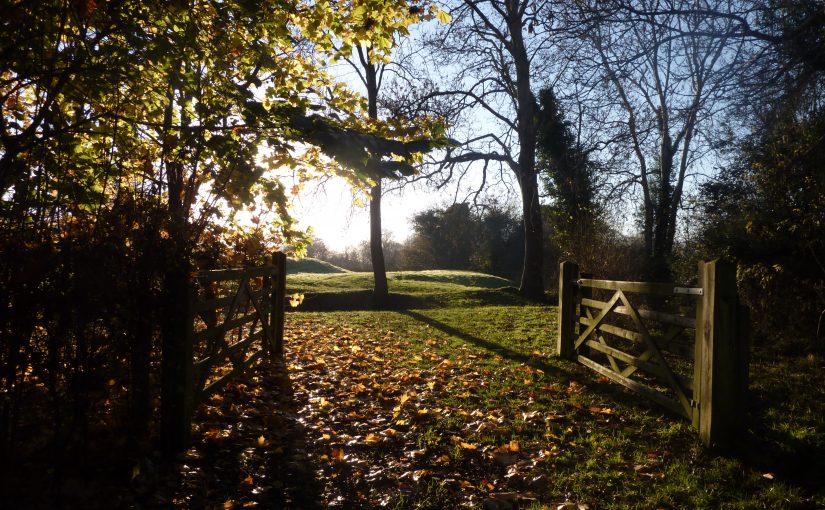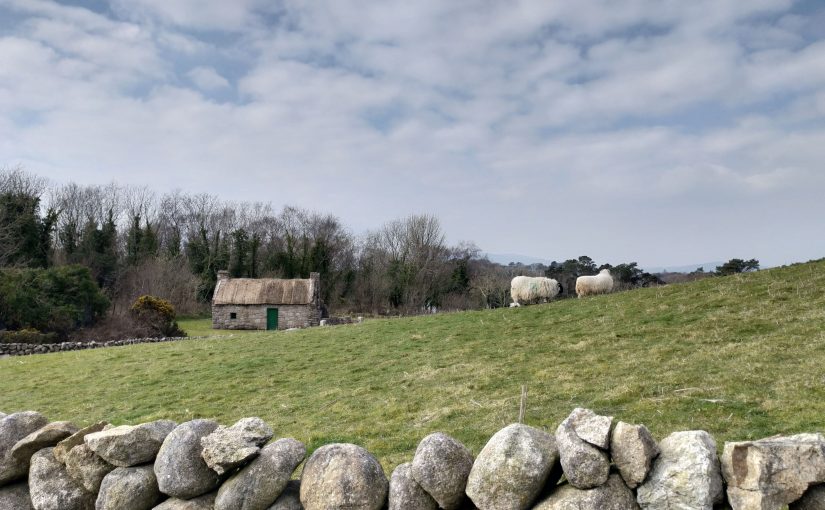Burns’s March is one of the first tunes taught to young harpers. In this blog post I am going to describe the live transcription notations that we have from Irish harper tradition-bearers in the late 18th and early 19th century. Then I will try and find derived works that give us contextual information and attribution tags. And finally I will look at some independent versions or variants in other sources.
Continue reading Burns’s MarchCategory: Old Irish Harp Transcriptions Project
Part 3 summary
I realised that the last interim summary of my Old Irish harp Transcriptions Project was posted a year ago – that seems too long without an update of where we are just now.
Continue reading Part 3 summaryCodladh an tSionnaigh
Edward Bunting wrote both tune and text of the song Codladh an tSionnaigh into his little collecting pamphlets, some time in the 1790s. He also wrote a fragment of an instrumental variation into a different collecting pamphlet, apparently at a different place and time.
These notations are very interesting. The song tune and lyrics especially is perhaps unique in Bunting’s manuscripts. In this post we will look at what he has put in his collecting pamphlets, and collate this against other versions of the song, and try to say something useful about the tune and Bunting’s notation of it.
Continue reading Codladh an tSionnaighRambling Boy
The past 25 or so tunes I have written up here have mostly had some kind of attribution to the harper and singer, Charles Byrne. Checking my Tune List Spreadsheet, I think Rambling Boy is the last Byrne-attributed tune that I have not yet written up, and so this post marks the end of this Byrne series. I think Byrne is very interesting, but I don’t know how useful he is for my Harp Transcriptions project, since I think he may have been mainly singing for Bunting, not playing the harp so much.
Continue reading Rambling BoyB’fhearr Liom Ná Éire
Probably in 1792, Edward Bunting made a very clear live transcription notation of B’fhearr Liom Ná Éire into one of his collecting pamphlets. He made this live transcription from a tradition-bearer onto Queen’s University Belfast, Special Collections, MS4.29 p.39/37/46/f18r, on the facing page opposite Diarmaid Ó Dúda.
Continue reading B’fhearr Liom Ná ÉireSpéic Seóigheach
Some time in the 1790s, Edward Bunting wrote the tune of Spéic Seóigheach onto a page of his collecting pamphlets, which now form the Damn your Body section of his bound collecting notebooks. Spéic Seóigheach is on Queen’s University Belfast, Special Collections, MS4.29 p.192/190/199/f94v and continues on to the top of p.193/191/200/f95r. In this post we will look at Bunting’s notation of the tune of Spéic Seóigheach on this page, and we will try and relate it to other information that will help us understand what this notation represents.
Continue reading Spéic SeóigheachA rún, fan agam is fuirigh go ló, ⁊ Bruach na coille craobhaí
On page 194 of his “Damn your Body” bundle of live transcription pages, Edward Bunting wrote live sketches of two song airs, perhaps from the singing of harper and tradition-bearer Charles Byrne in the 1790s. Because I think these are transcribed from songs and not from harp performances, I am going to look at both quickly so we can move on.
Continue reading A rún, fan agam is fuirigh go ló, ⁊ Bruach na coille craobhaíCaití na gCuach
Bunting wrote a live transcription of a tune into his “Damn your Body” pamphlet in the 1790s. We will look at it very briefly and then move on.
Continue reading Caití na gCuachMarbhna Eoghain Uí Néill
As we have just been considering the upside-down leaf in QUB SC MS4.29 (p.199–200), we may as well deal with the other tune on page 199.
Continue reading Marbhna Eoghain Uí NéillMaidin bhog aoibhinn
During the 1790s, Edward Bunting made four different live transcriptions of the tune of Maidin bhog aoibhinn. They are in different sections of QUB SC MS4.29, and were transcribed from four different tradition-bearers. Bunting published a kind of composite or synthetic version of the tune in his Ancient Music of Ireland (1840). In this post we are going to look at the four different live transcriptions, and try to say something useful about each of them.
Continue reading Maidin bhog aoibhinn








